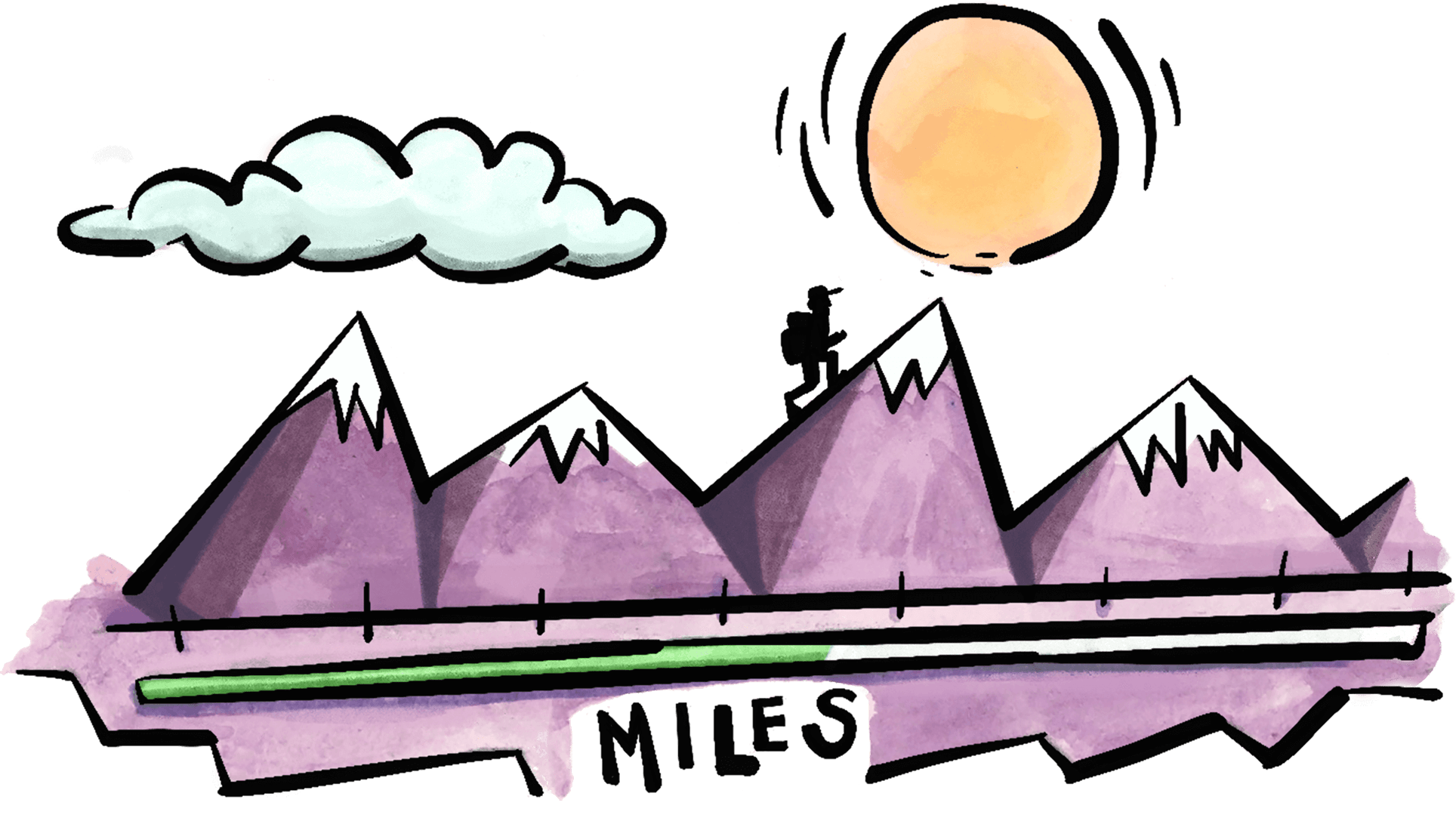Reconnecting with nature in a post-pandemic world
Ilustration by Alex Holmes
by Erica Buehler
Our nonprofit generates funding in multiple ways, including through affiliate linking. When you purchase something through an affiliate link on this site, the price will be the same for you as always, but we may receive a small percentage of the cost.
Unsurprisingly, a global pandemic yields some extended ripple effects, like a heightened sense of hygiene and personal space. But an intensified appreciation — and desire — for connecting with nature, while not unexpected, seems to have worked its way up the list of post-pandemic results. It has in my case, anyway. And this is compounded by how deeply modern society is intertwined with the digital age, it makes sense that some of us are trying to loosen the grip technology has on us — or at least coexist with it a bit better.
While there’s not a whole lot of research on the number of people trying to reestablish their connections with the natural world (i.e., escape social media a little more often), it is happening. After all, Forbes’ documentation of social media trends for 2023 illustrates not just how its use continues to grow, but also some concerning results about how addicting and damaging it continues to be.
According to some 900 experts in a study conducted by the Pew Research Center and Elon University’s Imagining the Internet Center, the “new normal” in 2025 will only be more digitized and automated than it is today, which will likely come with a mix of both positive and negative effects. Those surveyed brought up important points about current technology and its growth potential for the next several years, especially concerning innovations in health monitoring, human interaction, and daily tasks. Essentially, the question is: How is the relationship between humans and technology going to continue to evolve?
Replicating human connection
There was a time, during the days of AOL Instant Messenger chat rooms, when the concept of virtual helpers and companions became a very sudden and accessible reality. After all, SmarterChild walked so ChatGPT could run, right? Even today, when users are prompting AI bots with tasks, some are taking extra caution to be polite and appreciative on the chance that the bots become sentient someday and… well, you’ve seen the movies.
The kind of companionship people sought when everyone was forced to work from home? The simple sounds of normalcy. Distant conversations, the hum of a coffee machine, and even the movements of printers and fax machines are mimicked on sites like Sounds of Colleagues and Coffitivity to provide a specific type of ambiance that remote workers yearned for while stuck at home.
Going back outside
Recent years have also seen an uptick in interest in mobile apps that enhance or replicate experiences with the natural world, like plant- and bird-identifying apps. But beyond those that simply tell the user which variety of houseplant they’ve purchased, certain apps, like iNaturalist or Cornell Ornithology’s Merlin, encourage people to physically get outside and explore.
Merlin (#merlinbirdid has approx. 15.2 million views on TikTok) is an app developed by experts in ornithology at Cornell that helps users identify birds in their local environments in various ways. Users simply record bird songs in real time or use location and photos to correctly ID birds and save confirmed sightings in a library. Not only can users refer back to this library and easily get into birdwatching, but the experts at Cornell also use the app-generated information to fuel further research.
Alex Holmes
iNaturalist (#Inaturalist has approx. 2.4 million views on TikTok, and #plantidentification has around 33.4 million views) aims to identify virtually any plant to which a user points and snaps a photo. The idea is to interact with your local environment — the one you move through every day without noticing because you’re on your phone — and to document, learn, and stay curious.
There are even apps that now quantify users’ time spent in nature, as the Global Wellness Institute points out. Just like a smartwatch can count your steps each day, NatureQuant monitors how much time you spend outside — and offers suggestions on the ideal amount of time each user should spend. While it’s not the worst idea, it certainly emphasizes the ongoing difficulty a lot of us have with unplugging ourselves.
Alex Holmes
Hope for (returning to) a more natural future
As we wait for more data on whether or not a mass exodus of social media users is approaching, it’s comforting to know that despite the drawbacks of certain tech (like social media), app developers and users alike are making a conscious effort to put the screens down and rekindle a love for the natural world.
It may take some hand-holding from the apps themselves, but if the result is a better balance of tech and nature for humans, perhaps it’s the best way forward. Hopefully, more companies and developers will invest in the types of technology that keep people curious, well-informed, and engaged in all the things humans were designed to do, instead of trying to replace them.


